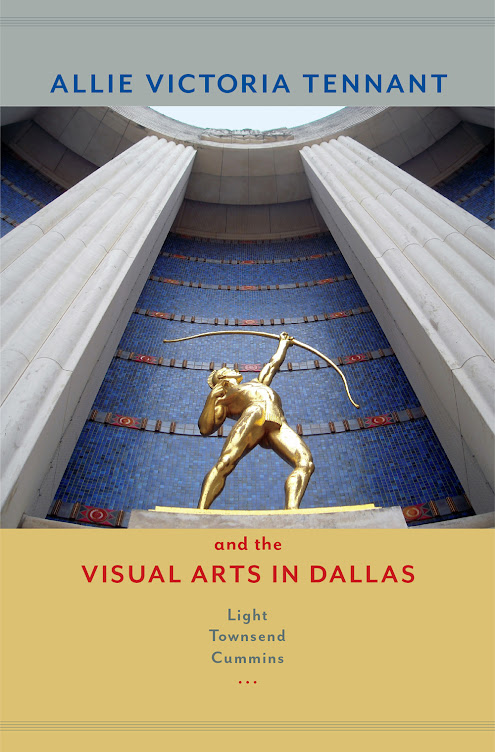 |
| Sam Ratcliffe, Director, and Ellen Niewyk, Curator, at the Bywaters Collection of SMU |
Allie Tennant left no personal papers. It was therefore
necessary to research her life for this book in the files of the organizations
to which she belonged, from the public record, and in the papers of the people
with whom she corresponded. Research for this volume relied significantly on
the important holdings of the Jerry Bywaters Collection of the Hamon Arts
Library at SMU. There, Sam DeShong Ratcliffe, Director, and Ellen Buie Niewyk,
Curator, provided me with full access to their collections, affording me immeasurable
assistance during every phase of my research. I am also indebted to Emily
Grubbs George at the collection for bringing to my attention items that I
otherwise would not have known about. The archival collections at the Bywaters constitutes
an incomparable source for the study of Texas art. Jerry Bywaters, whose papers
compose the foundation of its holdings, was a well-organized person of great
historical awareness who saved all manner of papers, records, and written
materials dealing with Texas art for much of the twentieth century. The
comprehensive and computerized indexes to these items made it possible to use
this archival collection very efficiently. The ease of access permitted by these
computerized finding aids saving me many days of page-turning, instead
providing quick and easy access to relevant documents in ways heretofore
impossible before the existence of digitized finding aids.
Click Here for the website of the Bywaters Collection at SMU












